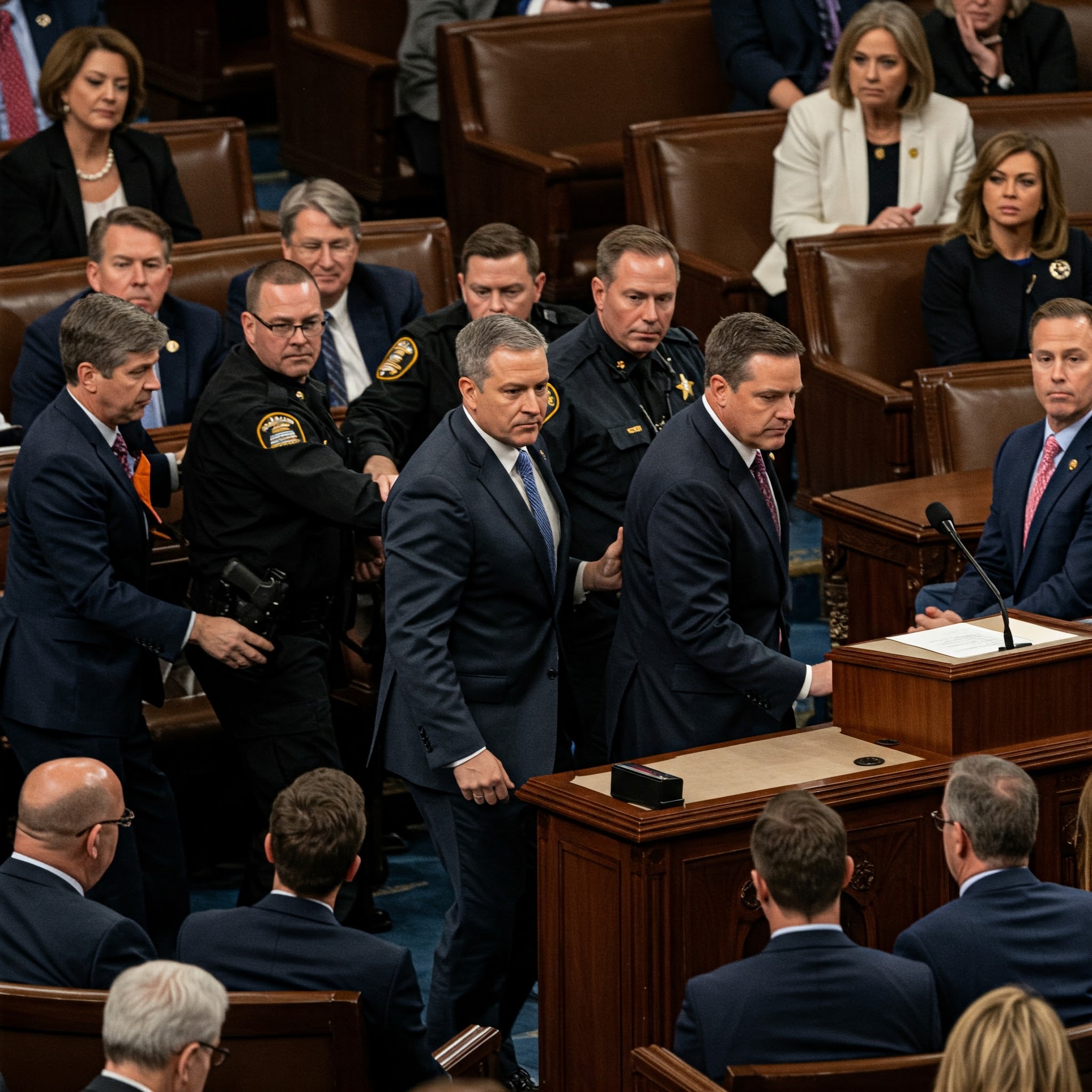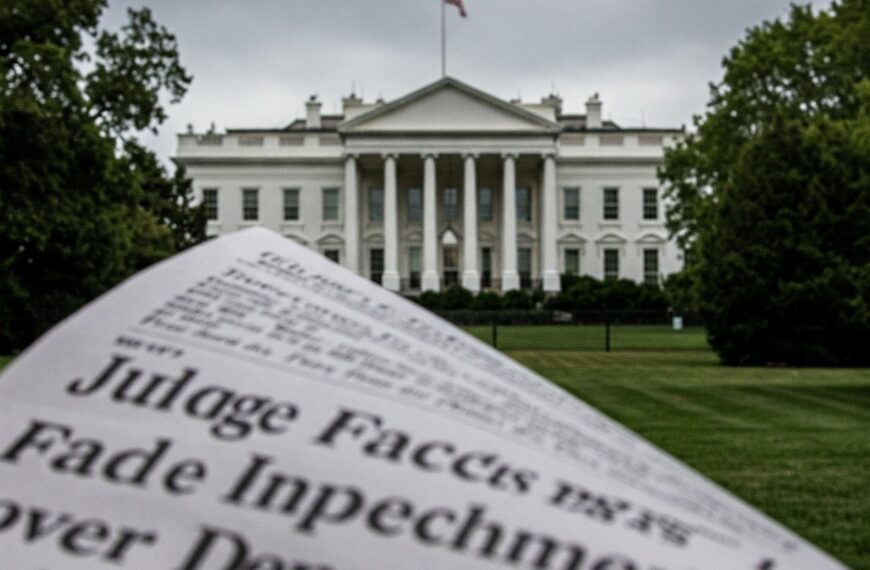Overview
During former President Donald Trump’s recent address to Congress, Texas Representative Al Green was removed from the House chamber after vocally protesting against certain policy proposals. The incident has sparked widespread discussions about political dissent, Democratic Party strategies, and public sentiment regarding the address.
Incident Breakdown
Rep. Green’s protest occurred as President Trump addressed key issues, including economic policies and foreign relations. Green stood, raised his cane, and voiced objections regarding proposed Medicaid cuts. The intervention led House Speaker Mike Johnson to call for order before instructing the sergeant at arms to remove Green from the chamber.
Green later defended his actions, stating:
“I stood up for my constituents and for every American who would be affected by these harmful policies. My conscience did not allow me to remain silent.”
Key Takeaways from Trump’s Address
| Topic | Key Highlights | Reaction from Congress |
|---|---|---|
| Economy | Trump claimed economic growth has been robust, citing low unemployment rates and stock market performance. | Mixed reactions; Republicans applauded, while Democrats remained skeptical. |
| Healthcare | Proposed Medicaid cuts and restructuring of the Affordable Care Act. | Strong opposition from Democrats, with protests from Rep. Green. |
| Foreign Policy | Emphasized support for Ukraine and stronger border security. | Some bipartisan support on Ukraine but controversy over immigration policies. |
| Crime & Law Enforcement | Tougher stance on crime, increased funding for law enforcement. | Republicans stood in favor, while Democrats called for more social justice measures. |
| Education & Social Issues | Criticized progressive policies on gender and education. | Sharp division; conservatives supported it, while liberals opposed. |
Public & Political Reactions
The response to the incident and Trump’s speech has varied widely. According to a CBS News poll, 80% of Republicans approved of the address, while only 22% of Democrats viewed it favorably. The removal of Rep. Green further emphasized the divide, with some Democrats calling it a suppression of free speech, while Republicans viewed it as a necessary enforcement of congressional decorum.
Statements from Political Figures
- House Speaker Mike Johnson (R): “Congress has rules of conduct, and disruptions will not be tolerated.”
- Rep. Alexandria Ocasio-Cortez (D): “Silencing dissent only highlights the growing authoritarian nature of this government.”
- Senator Lindsey Graham (R): “We need to focus on governance, not grandstanding.”
Background on Rep. Al Green
Rep. Al Green has served in Congress since 2005, representing Texas’ 9th district. A veteran civil rights advocate, Green has consistently pushed for social justice initiatives. He previously introduced articles of impeachment against Trump and has been active in legislative debates on healthcare, racial justice, and immigration.
Implications Moving Forward
- Democratic Strategy: The incident highlights the challenge for Democrats in balancing vocal opposition and legislative effectiveness.
- Republican Stance on Order: GOP lawmakers are reinforcing strict rules for congressional conduct, potentially limiting vocal protests in future sessions.
- Public Opinion on Leadership: The strong reactions to both the speech and Green’s removal indicate an increasingly polarized electorate ahead of upcoming elections.
Conclusion
The removal of Rep. Al Green during Trump’s address to Congress has intensified discussions around political dissent and governance. While some view Green’s protest as a courageous stand against policies affecting marginalized communities, others argue it was a breach of decorum. As political tensions rise, this incident may shape future legislative dynamics and public discourse on freedom of expression in Congress.

















